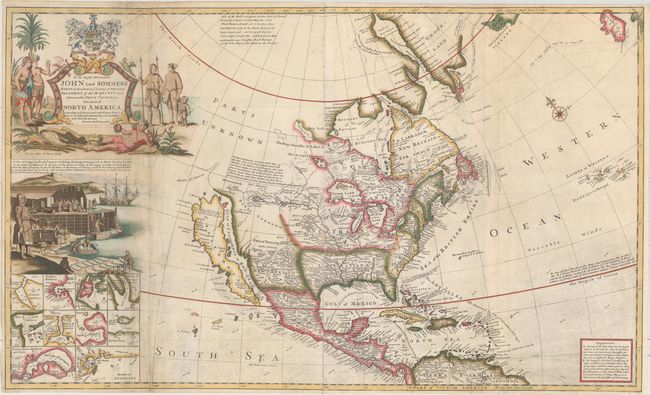Catalog Archive


Auction 159, Lot 94
Moll's Famous "Codfish Map" of North America
"To the Right Honourable John Lord Sommers ... This Map of North America According to ye Newest and Most Exact Observations...", Moll, Herman

Subject: Colonial North America
Period: 1732 (circa)
Publication: The World Described…
Color: Hand Color
Size:
38.3 x 22.9 inches
97.3 x 58.2 cm
Download High Resolution Image
(or just click on image to launch the Zoom viewer)
(or just click on image to launch the Zoom viewer)